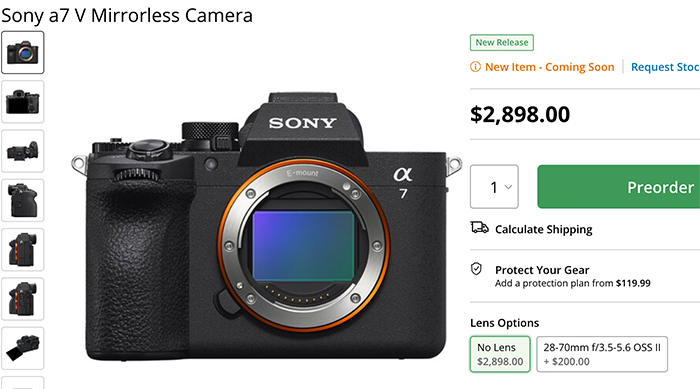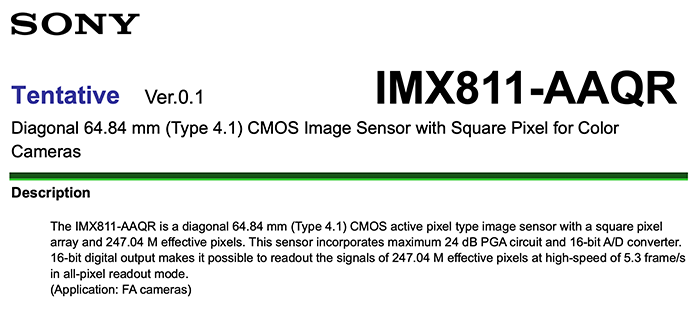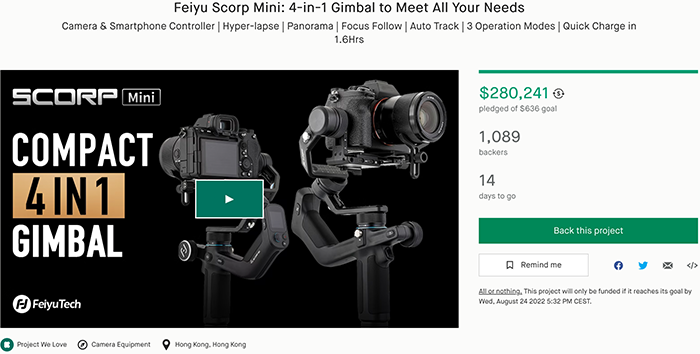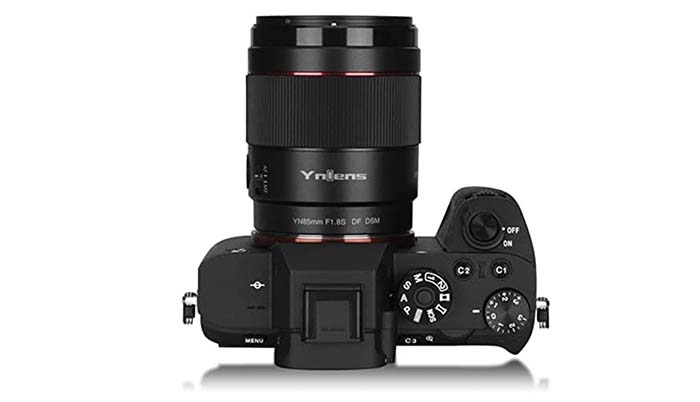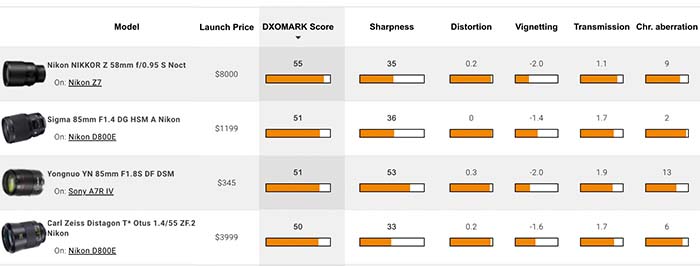
You save $27 on the 50mm lens sold at TTArtisan store.
Marc Alhadeff just tested this lens and concluded:
The Meike 50mm F0.95 (249$) for E mount (APS-C = A6xxx) will be excellent for portraits and objects details, specially for close shoot with a beautiful rendering : good sharpness wide open and creamy background blur , beautiful bokeh balls, at F2 the lens is tack sharp. Color rendition is good, background blur is very creamy at short distance, contrast is also good for a F0.95 lens. Build quality is very good and focusing/aperture ring are well dampened
If you need consistency on the entire frame you will need to close to F5.6
Like a lot of budget lenses it can do better in term of CA and resistance to flare , but for a F0.95 it is perfectly usable wide open for dreamy portraits without being soft neither
The lens is also available at Amazon US, Amazon DE, Amazon UK, Amazon FR, Amazon IT and Amazon ES.

